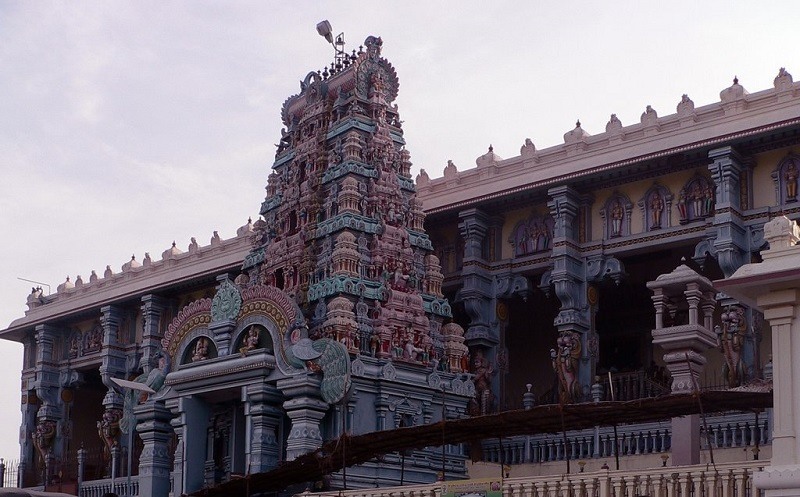சிறுவனின் கதறல்
ஒரு ஊரில் ஆடு மெய்க்கும் சிறுவன் இருந்தான் . அவனுக்கு வெறுப்பாக இருந்தால் ஊர் மக்களிடம் விளையாட நினைத்தான். அதனால் அவன் மக்களிடம் ஆடு பிடிக்க சிங்கம் வருகிறது என்று கதறினான் ஊர் மக்கள் வந்தவுடன் சிரித்தான் ஏமாந்திகள என்று மக்கள் கோபம் அடைந்தனர் பின்பு சேன்று விட்டனர்.
இதுபோல பலமுறை செய்தன மக்கள் வெறுப்பாகி விட்டனர். ஒரு உண்மையாக சிங்கம் வந்து விட்டது மக்கள் யாரும் உதவிக்கு வரவில்லை பின்பு ஊர் மக்களிடம் கேஞ்சி வர சொன்னான் வந்து பார்த்தால் ஆடுகள் இறந்து கிடந்தது .

இதனால் பொய் சொல்பவர்கள் ஒரு நாள் உண்மை கூறினாலும் மக்கள் நம்பமாட்டார்கள் .









